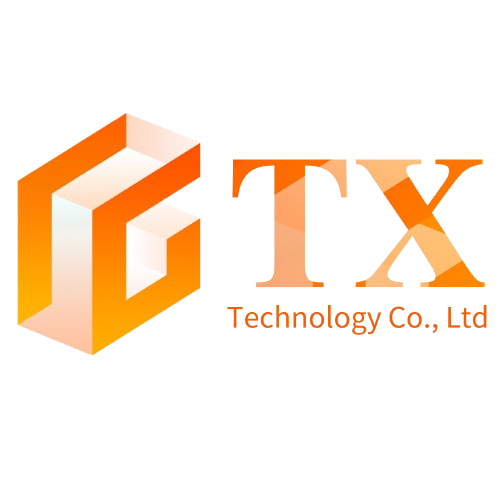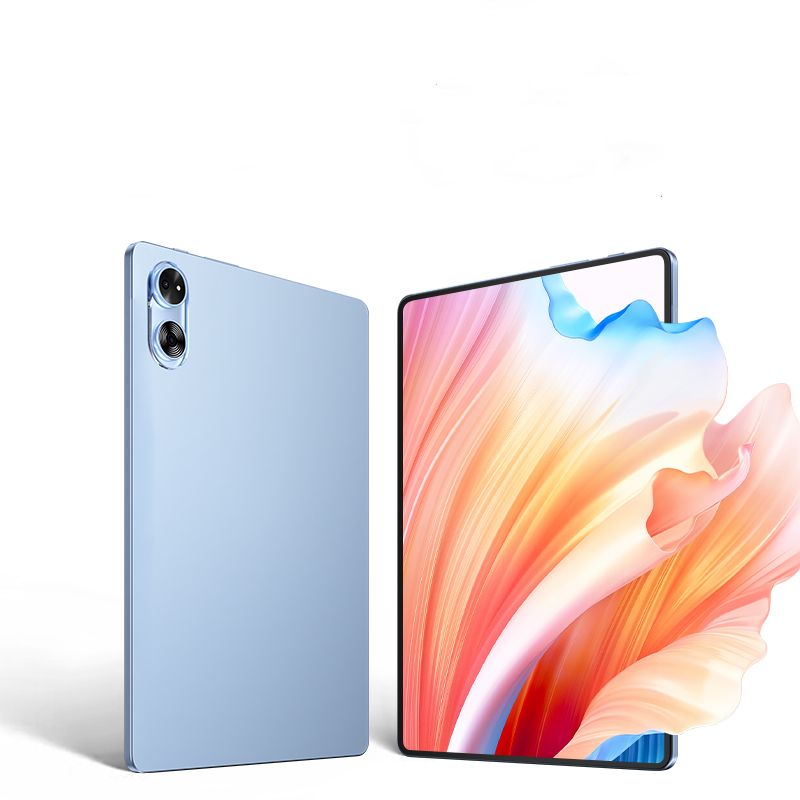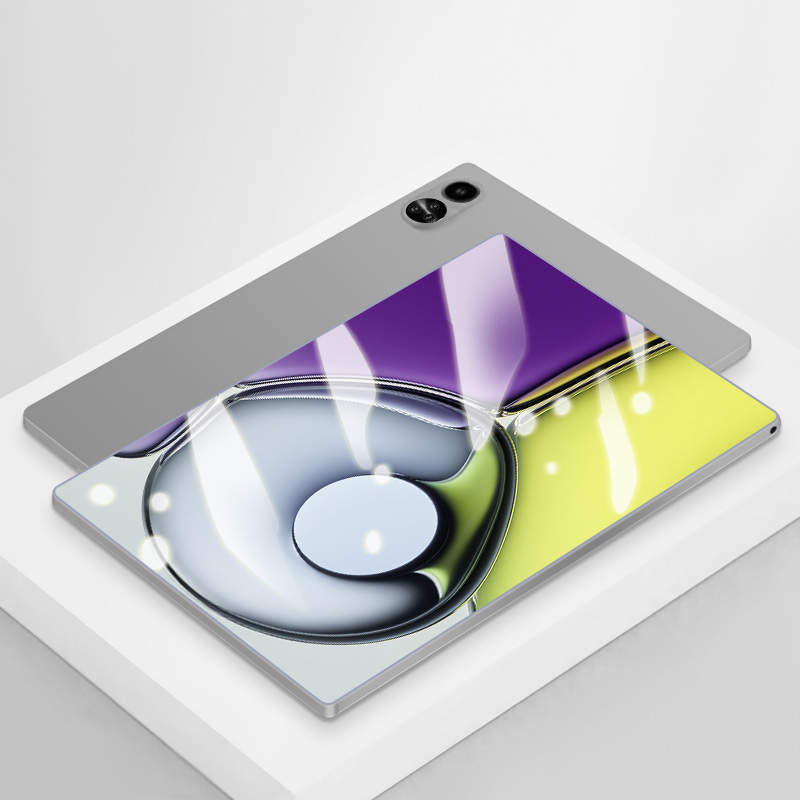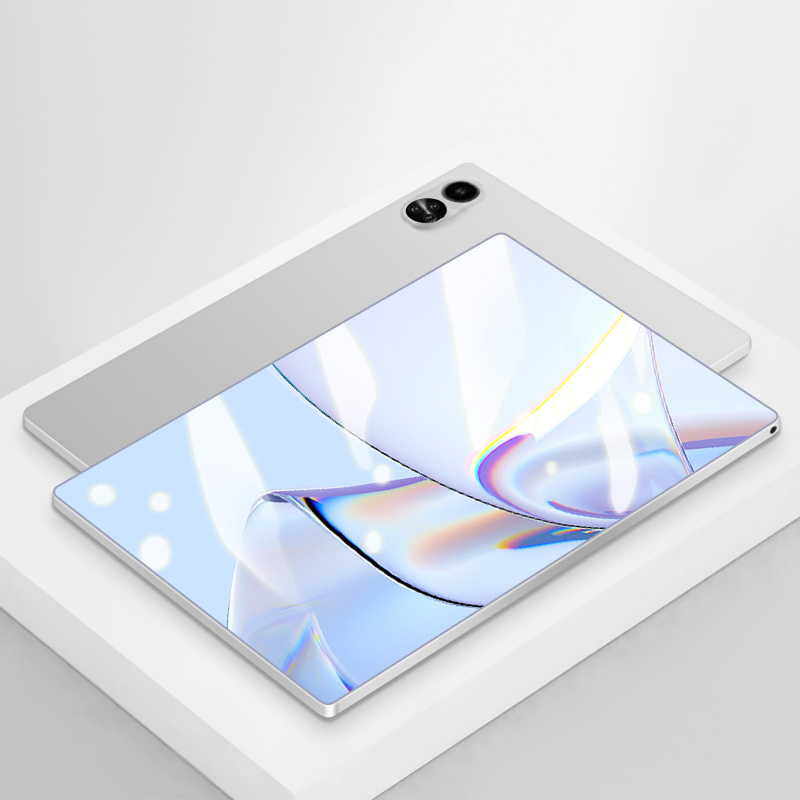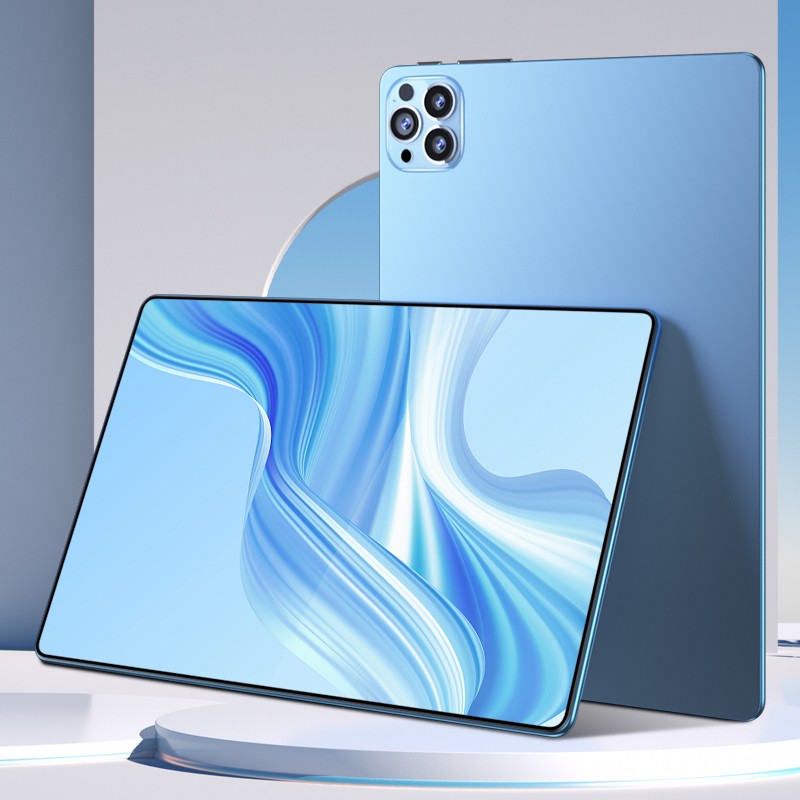Research on the Tablet Industry
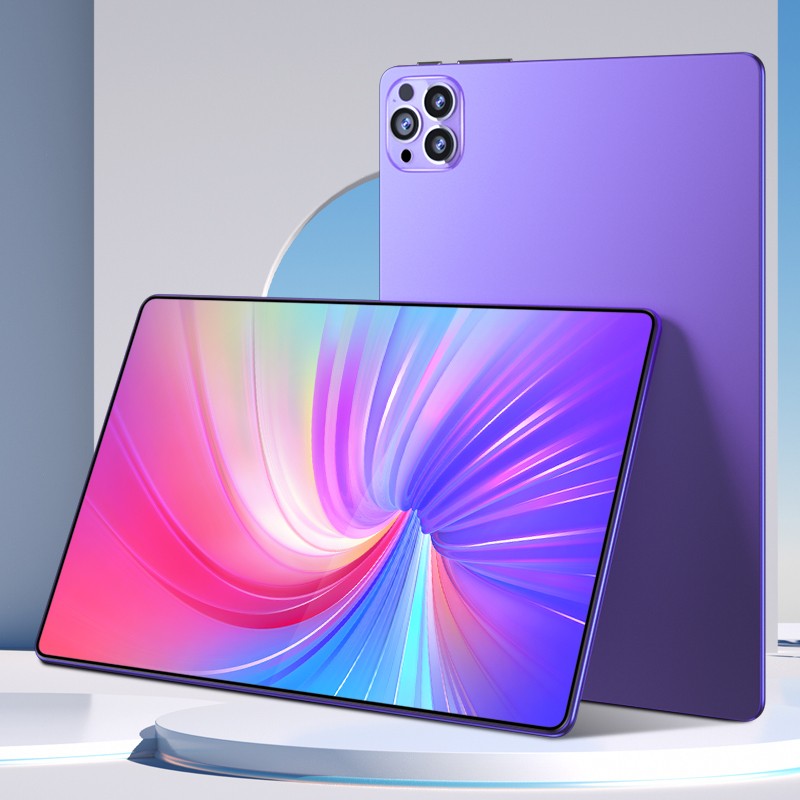
With the rapid advancement of technology, tablets have gradually become an indispensable part of daily life and work as a lightweight and portable personal computing device. Tablets not only provide users with convenient internet access, entertainment, and office experiences but also drive innovation and development within the entire electronics industry.
1. Overview and Classification of Tablets
Tablets, also known as portable computers, are small, easy-to-carry personal computers that use a touchscreen as the primary input device. Their emergence has fundamentally changed the way people use computers, allowing for portability beyond the confines of a desktop. Tablets can be classified into several categories based on their operating systems, with the most well-known being iPadOS, Android, HarmonyOS, and Windows. iPadOS leads the global tablet market with its exceptional user experience and rich application ecosystem; Android, known for its openness and diversity, also holds a significant position in the tablet market; HarmonyOS has made considerable strides in the tablet field in recent years; and Windows, as a traditional computer operating system, maintains a presence in the tablet market.
2. Analysis of the Tablet Industry Supply Chain
The upstream supply chain of the tablet industry primarily consists of raw material suppliers, including key components like displays, lithium batteries, chips, and memory. The performance and quality of these components directly affect the overall performance and user experience of the tablets. Therefore, tablet manufacturers rigorously screen and evaluate upstream suppliers to ensure high product quality. The midstream involves the manufacturing and assembly processes. In this phase, manufacturers assemble and test components provided by upstream suppliers to ensure product stability and reliability. They also continuously improve and innovate products according to market demands and consumer preferences to meet diverse user needs. The downstream part of the supply chain is the sales segment, where tablets are sold to consumers through brand stores, e-commerce platforms, and large retail chains. Different sales channels have distinct characteristics and advantages, and manufacturers need to select the most suitable channels for promotion and sales based on their product positioning and market demands.
3. Current Status and Competitive Landscape of the Tablet Market
Influenced by the global macroeconomic environment and industry development cycles, the China tablet manufacturers has undergone a period of adjustment. However, as mainstream brands clear out inventories and are driven by global technological trends such as AI, along with manufacturers’ new product launch plans, the tablet market is now characterized by multi-brand coexistence, diversification, and intense competition. Leading manufacturers leverage their strong brand influence and innovative capabilities to capture market share. These companies have extensive experience and expertise in product design, hardware configuration, system optimization, and application ecosystems, enabling them to provide high-quality products and services to users.
4. Development Trends in the Tablet Market
Technological innovation continues to drive market growth. With the ongoing development of 5G, AI, and the Internet of Things (IoT), tablets will see further enhancements and expansions in performance, functionality, and application scenarios. These technological advancements will sustain the growth of the tablet market and offer users a richer experience. The trend of multi-device integration is also becoming prominent: as smartphones, tablets, and laptops increasingly converge, tablets will evolve from being standalone devices to becoming integral parts of a multi-device ecosystem. Users will be able to seamlessly connect and collaborate across devices, leading to more efficient work and lifestyles. The education market is emerging as a significant growth area: with the proliferation of online education and remote learning, the application of tablets in the education sector holds great promise. Future tablets will focus more on the design and optimization of educational features to meet the needs of students and educational institutions.
As a lightweight and portable personal computing device, tablets have become essential in everyday life and work. With continuous technological innovations and expanding application scenarios, the tablet market is poised for broader development opportunities and growth.
